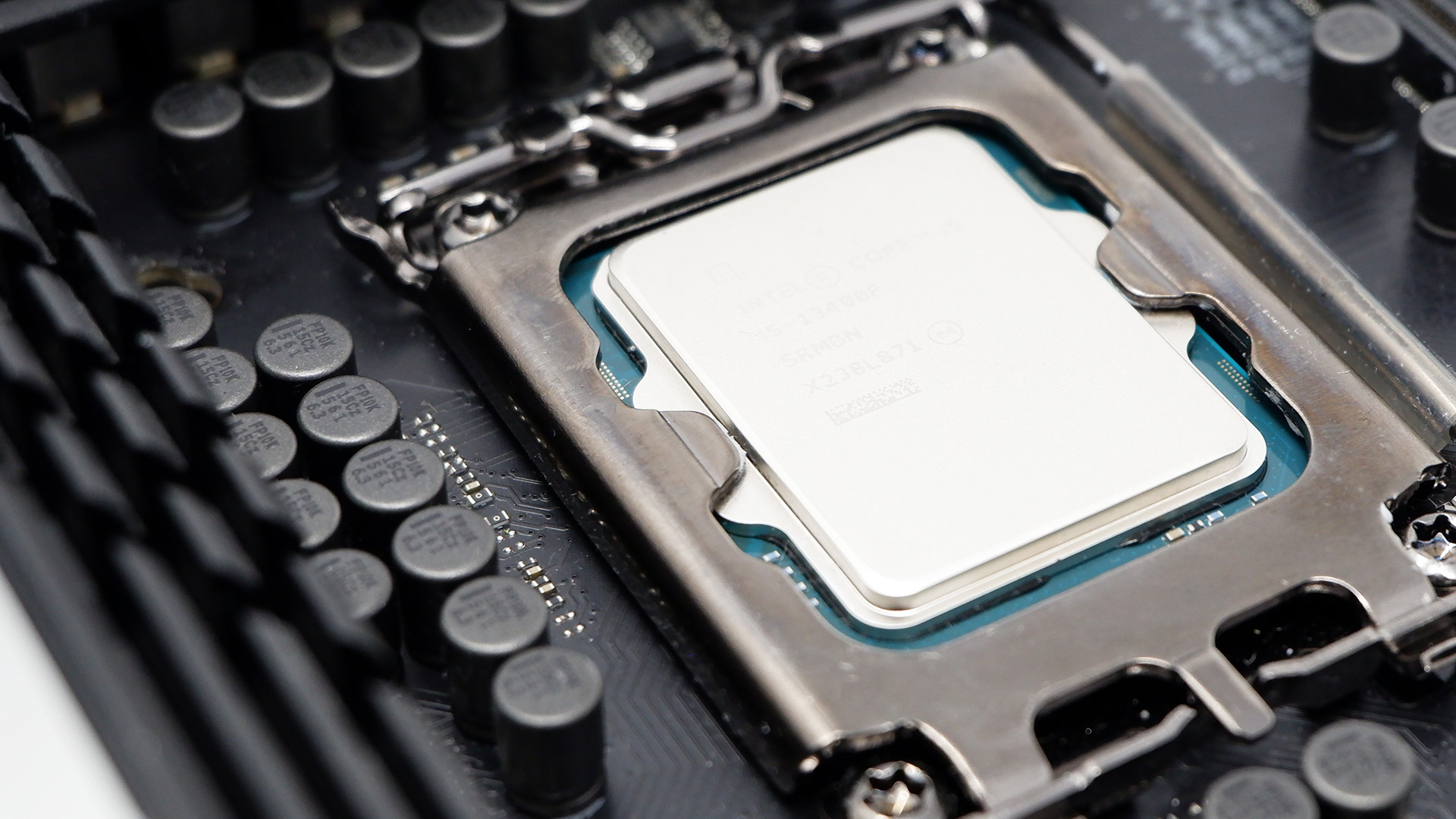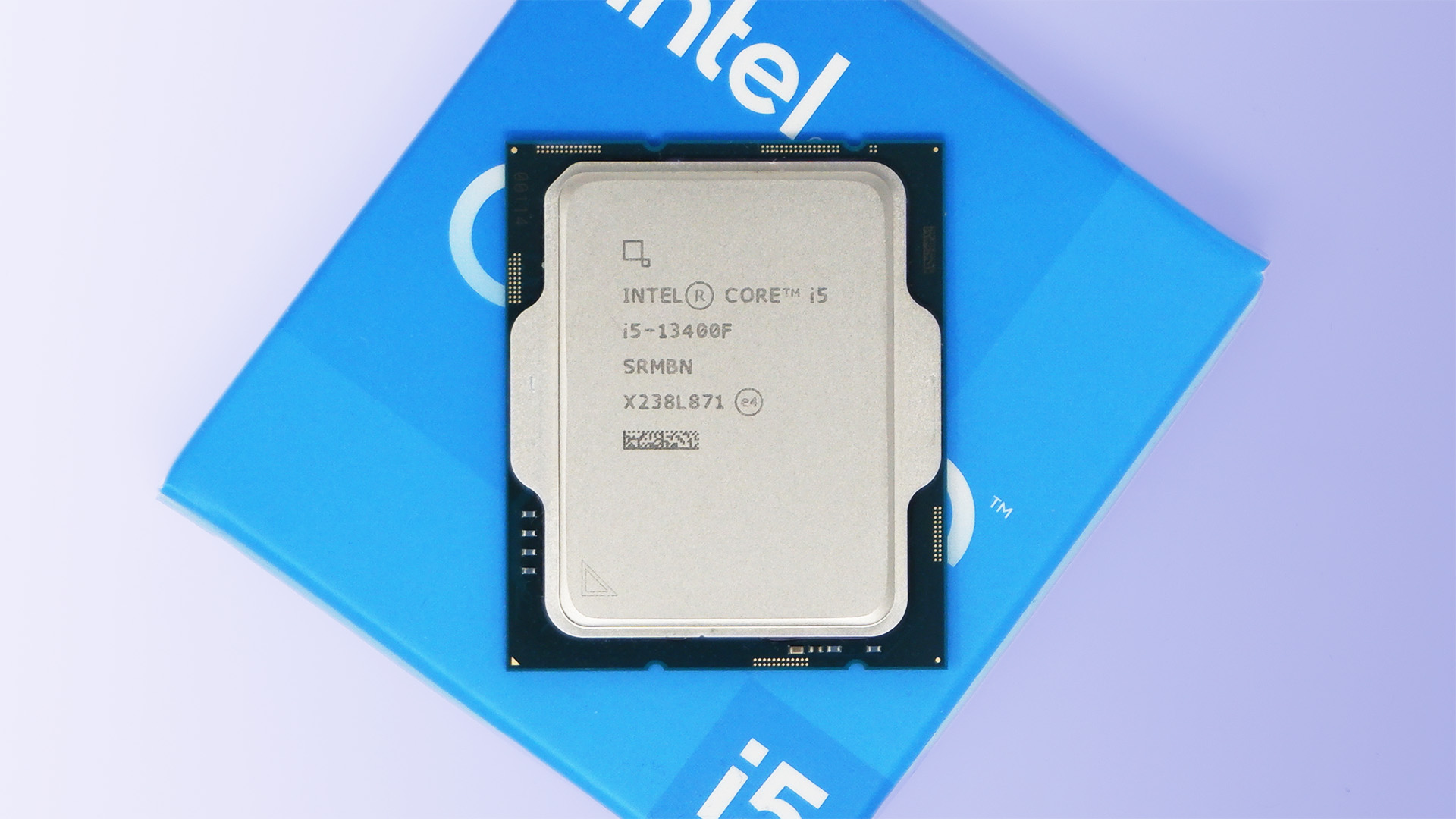The final issue with Intel's best budget gaming chip has now been laid to rest
The Raptor Lake version of the Core i5 13400F is slightly faster than the Alder Lake core, but also hotter and less efficient.

The Intel Core i5 13400F is a 92% scorin', frame-rate spewin' prince among gaming CPUs. But one very slight but nagging doubt remains. You're not totally sure what you're getting when you buy a 13400F.
That's because Intel sells 13400F processors based on both Alder Lake and Raptor Lake CPU dies. The specs are ostensibly the same. The same clocks and core counts, even the same cache sizes. But could there be hidden differences?
Hwcooling.net has gone deep on the subject, comparing the two 13400F variants in forensic detail. The verdict is in and... it turns out the chips are pretty much the same. But also a little different.
It's worth recalling that Intel has been transparent about all this. That 13400Fs based on both Alder Lake and Raptor Lake dies exist is no secret. But nor did Intel detail any differences of real substance.
It's also worth noting that, apparently, the vast majority of 13400F chips are in fact based on older Alder Lake dies. That includes all the review samples Intel sent back at launch, including the one Jacob put through its paces.
Slightly contrary to what you might expect, Alder Lake variants are the C0 stepping, while Raptor Lake are B0 stepping. As for how to differentiate the two aside from the stepping, well, Raptor Lake chips are only available as bare OEM CPUs with no coolers.
On the chips themselves, Alder Lake CPUs have the 'SRMBN" code stencilled on the heat spreader while Raptor Lake chips read "SRMBG".
Keep up to date with the most important stories and the best deals, as picked by the PC Gamer team.
Alder Lake versions can be had in that format or also bundled with a cooler in a prettified retail box. So, a boxed 13400F is definitely Alder Lake. A bare chip might be either.
With all that in mind, how do the two variants stack up? Hwcooling has a pretty comprehensive set of results. But the Cliff Notes go something like this.
For the most part, the performance differences between the two chips is inconsequential. Take Cinebench R23. The Raptor Lake version scores 16,131 points to Alder Lake's 16,038. Basically, no difference.

Best CPU for gaming: The top chips from Intel and AMD
Best gaming motherboard: The right boards
Best graphics card: Your perfect pixel-pusher awaits
Best SSD for gaming: Get into the game ahead of the rest
On the other hand, in F1 2021, Raptor Lake's average frame rate at 1080p is 326 fps while Alder Lake hits just 311. That's a 5% uplift. Then again, in Total War Saga: Troy, it's actually the Alder Lake CPU that was marginally quicker.
Generally, Raptor Lake comes out on top in games, but typically only by about a percentage point. Arguably more significant is that the new chip, in architecture terms, tends to use quite a bit more power and also runs hotter.
In Cinebench, Raptor Lake sucks up 112W, 14W more than Alder Lake, while in F1 2020 it uses 59W, 7W more than Alder Lake. Under heavy load, Raptor Lake hit 59 degrees C to Alder Lake's 53.
Overall, then, these aren't differences that you're likely to feel. And we generally conclude that for the vast majority of gamers it doesn't matter which chip you end up with.
That was indeed our assumption from day one. But it's nice to be able to out some objective numbers on that hunch.

Jeremy has been writing about technology and PCs since the 90nm Netburst era (Google it!) and enjoys nothing more than a serious dissertation on the finer points of monitor input lag and overshoot followed by a forensic examination of advanced lithography. Or maybe he just likes machines that go “ping!” He also has a thing for tennis and cars.


